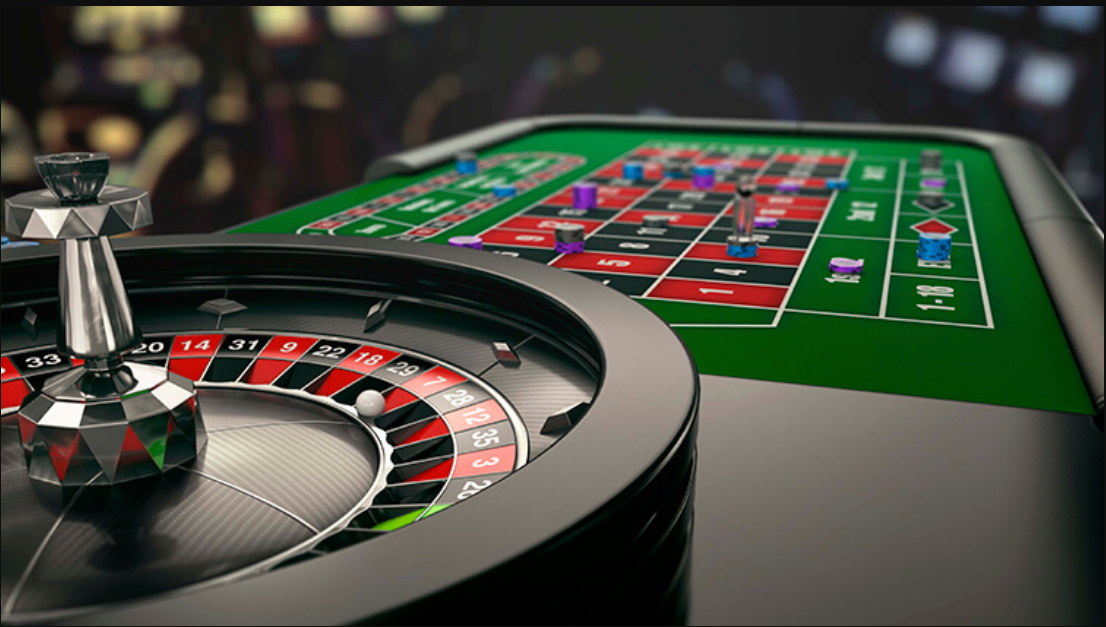How Gaming Establishments Utilize Hue and Layout to Entice Participants

In the lively and thrilling world of casinos, where fortune and strategy intertwine, hues and aesthetic play a pivotal role in attracting gamblers. From the moment visitors step inside a casino or access a gaming website, they are enveloped in a visual feast that captures their attention and entices them to discover more. Vivid colors, captivating graphics, and innovative layouts are carefully crafted to create an environment of thrill and expectation, ultimately enhancing the gaming experience. best non GamStop sites
While players navigate through the dynamic landscape of casino games, they encounter a range of designs that not only serve aesthetic purposes but also influence emotions and choices. Hues like scarlet and yellow symbolize riches and fortune, while calm blues and greens can create a more tranquil environment. Understanding how these elements work together allows casinos to create an welcoming and energizing atmosphere that encourages players to interact with the games, invest more time at the tables, and increase their general enjoyment.
The Psychology of Color in Casino Games
Color plays a crucial role in the creation of gaming experiences, shaping players’ feelings and behaviors. Bright and vibrant shades, such as crimson and yellow, are often used to ignite excitement and attract focus. These shades create a feeling pressure and vitality, encouraging players to involve themselves more eagerly with the game. By strategically selecting colors, designers aim to elicit feelings of pleasure and expectation, which can enhance the overall gaming experience.
Various colors also have psychological associations that can affect how players perceive their possibilities of success. For example, lime is commonly associated with luck and prosperity, making it a popular choice in activities like roulette and poker setups. This connection can result participants to feel more hopeful and self-assured in their gaming, ultimately encouraging them to wager more. Understanding these associations allows game designers to craft environments that enhance player enjoyment and retention.
Moreover, the layout of casino game interfaces often employs color gradients and differing colors to direct players’ actions. For instance, winning results may be highlighted with bright, contrasting colors, creating a visual incentive. This method reinforces favorable outcomes and promotes repeated participation. By leveraging the science of color, casinos can create activities that not only captivate gamblers but also maintain them engaged and invested in their gaming experience.
Creative Elements that Engage Players
The aesthetic appeal of casino games is primarily influenced by the implementation of bold colors. Lively and contrasting colors are strategically chosen to create an inviting atmosphere that grabs attention. For example, crimson and golden hues often signify luck and prosperity, which is why they are common in the palettes of slot machines and table surfaces. These colors not only attract players in, but they also evoke emotions associated with excitement and expectation, enhancing the overall gaming experience.
In parallel to color, the design and organization of casino games play a crucial role in captivating players. Games are designed to be user-friendly, ensuring that players can easily understand the rules and mechanics. User-friendly interfaces, along with captivating graphics and motion, help maintain player interest and promote extended play sessions. The tactile elements, such as the feel of the buttons and the audio of the games, also contribute to a comprehensive sensory experience that keeps players engaged.
Finally, thematic elements in game design can significantly influence player choice. Many gambling games are inspired by popular culture, myths, or adventure themes, incorporating symbols and characters that connect with players. These themes create a sense of immersion and relatability, making each game feel unique. When players feel a connection to the concept, they are more likely to choose that game over others, leading to higher participation and enthusiasm within the casino environment.
Case Studies: Notable Gambling Table Game Designs
One key example of impressive casino game design is the popular slot machine series based around hit movies. Games such as those based on the Wizard of Oz and Game of Thrones utilize bright colors and top-notch graphics to enthrall players in recognizable narratives. The application of lively visuals and entertaining sound effects takes the focus of players, creating an emotional connection to the theme. This tactic not only encourages longer play but also boosts the overall gaming experience, resulting in increased player retention.
Another successful case is the application of color psychology in table games like 21 and the wheel. Casinos often design these games with dark reds and greens, colors traditionally connected with luck and wealth. For instance, the green felt on a blackjack table provides a soothing effect, while the red accents in the wheel invite thrill. This deliberate use of color helps to foster an inviting atmosphere that stimulates players to join in, addressing their psychological impulses and increasing their enjoyment.
Finally, social casino games that feature social features and lively, lively designs have experienced remarkable success in engaging players. Games like Zynga Poker and Slotomania leverage bright colors and playful animations to forge an inviting online environment. The inclusion of leaderboards, social sharing options, and in-game rewards encourages competition and community, pulling players in for longer sessions. Such designs merely make the games visually enticing but also underscore community engagement, a vital factor in player retention and engagement within digital casino environments.